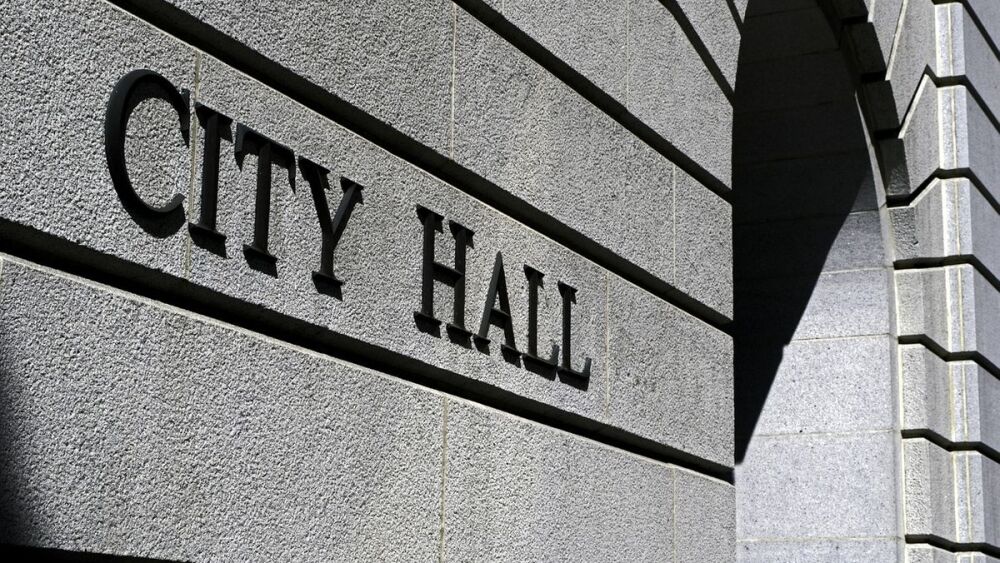By Emma G. Fitzsimmons and David W. Chen
The New York Times
In Maryland, a century-old rail tunnel needed emergency repairs this winter because of soil erosion from leaks, causing widespread train delays.
In Connecticut, an aging swing bridge failed to close twice last summer, stopping train service and stranding passengers.
And last week, New Jersey Transit riders had a truly torturous experience. There were major delays on four days because of problems with overhead electrical wires and a power substation, leaving thousands of commuters stalled for hours. One frustrated rider, responding to yet another New Jersey Transit Twitter post announcing a problem, replied: “Just easier to alert us when there aren’t delays.”
These troubles have become all too common on the Northeast Corridor, the nation’s busiest rail sector, which stretches from Washington to Boston and carries about 750,000 riders each day on Amtrak and several commuter rail lines. The corridor’s ridership has doubled in the last 30 years even as its old and overloaded infrastructure of tracks, power lines, bridges and tunnels has begun to wear out. And with Amtrak and local transit agencies struggling for funding, many fear the disruptions will continue to worsen in the years ahead.
Read full coverage here.


